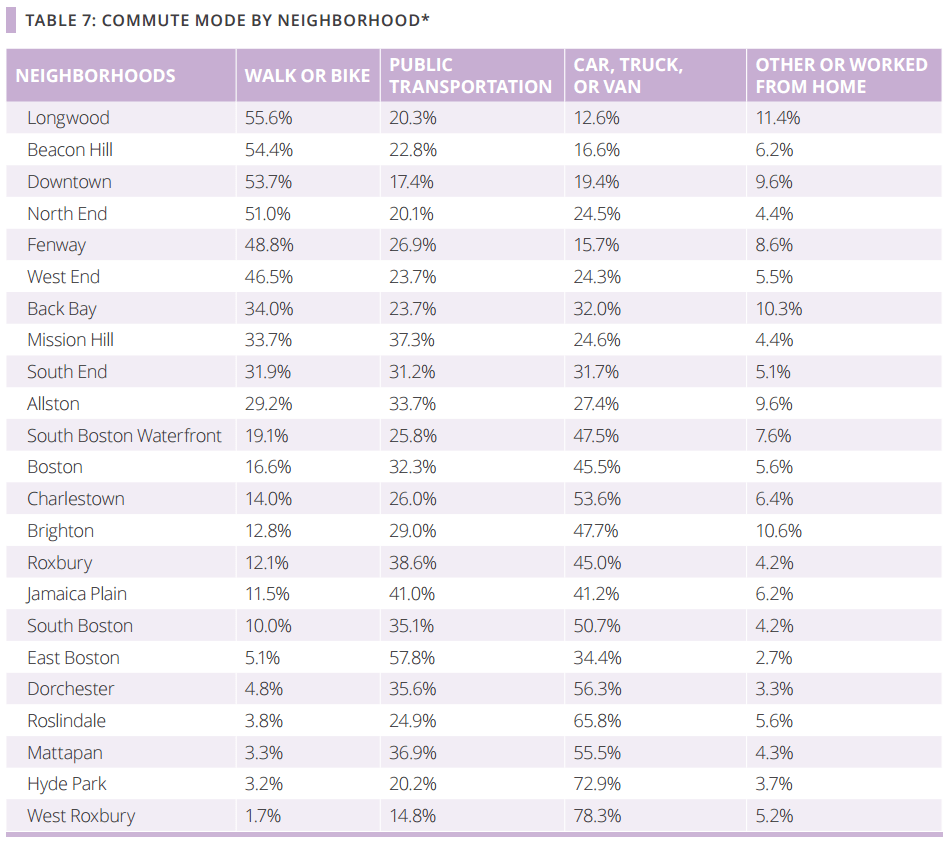- Joined
- Dec 10, 2011
- Messages
- 5,599
- Reaction score
- 2,717
It's unclear what you're calling out.
Yes the 47 gets stuck in traffic.if it is getting stuck in traffic that argues for a congestion charge (or exclusive bus lanes) not that imposing congestion in an SOV should continue to be free at rush hour.
but from Belmont Center or from West Medford (or Malden)on a commuter rail train to North Station and from there straight to NU or Longwood on the E runs about an hour. Call it 1:10 including the walk? I drove it the other day and it was a solid hour.
These are alternatives which can be traded off against the other. In no way can you say that someone must drive this trip because the transit alternative is catastrophic.but I can say that a congestion charge would make the drive better and the bus better by even more.
So when you are making that trade off, it would be fair to charge an extra five or $10 to the driver to ask"is it really worth it what you are going to do to everyone else on the road? "
If it is worth $10 that would be awesome because then we could actually take the $10 has a toll and let you drive on an uncongested Road.
And a hundred million dollars a year would Bond about a billion dollars worth of borrowing that would fund higher frequency commuter rail all day and more buses.
Yes the 47 gets stuck in traffic.if it is getting stuck in traffic that argues for a congestion charge (or exclusive bus lanes) not that imposing congestion in an SOV should continue to be free at rush hour.
but from Belmont Center or from West Medford (or Malden)on a commuter rail train to North Station and from there straight to NU or Longwood on the E runs about an hour. Call it 1:10 including the walk? I drove it the other day and it was a solid hour.
These are alternatives which can be traded off against the other. In no way can you say that someone must drive this trip because the transit alternative is catastrophic.but I can say that a congestion charge would make the drive better and the bus better by even more.
So when you are making that trade off, it would be fair to charge an extra five or $10 to the driver to ask"is it really worth it what you are going to do to everyone else on the road? "
If it is worth $10 that would be awesome because then we could actually take the $10 has a toll and let you drive on an uncongested Road.
And a hundred million dollars a year would Bond about a billion dollars worth of borrowing that would fund higher frequency commuter rail all day and more buses.
Last edited:

